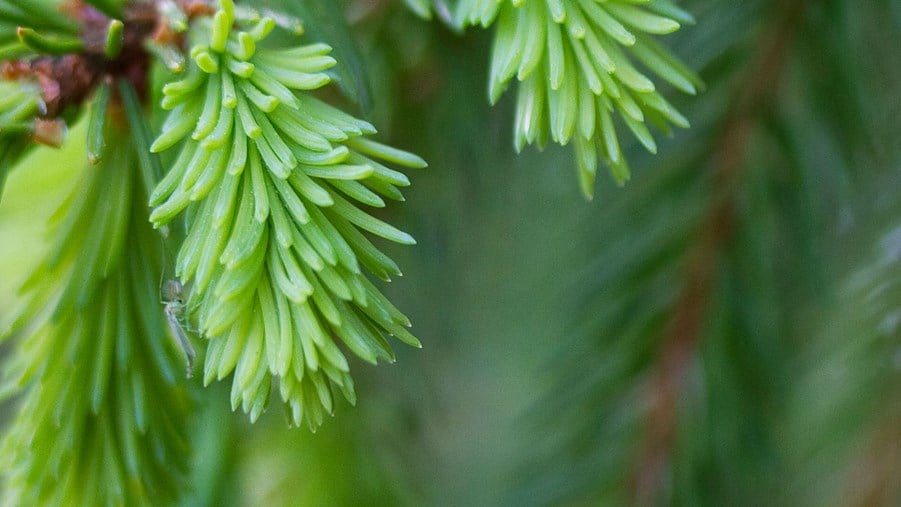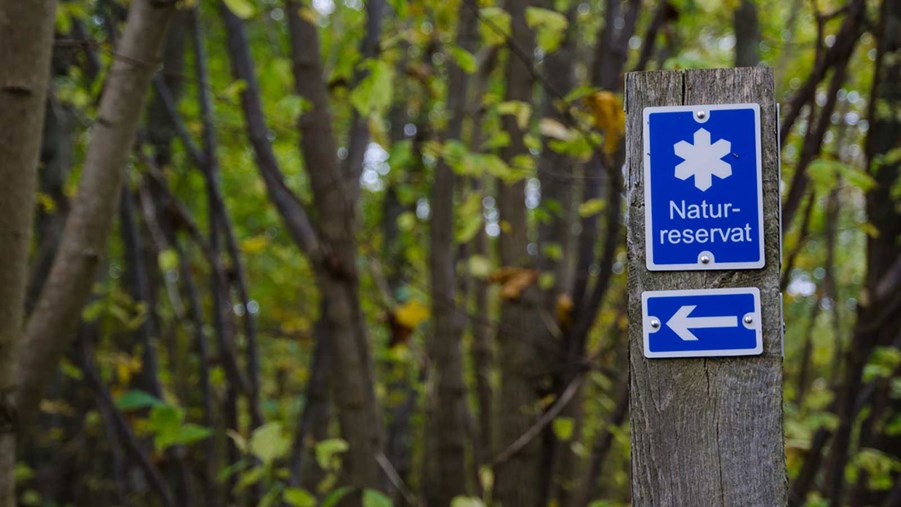Statistics concerning forests, climate and raw materials supply.
To calculate the climate impact of forestry and wood-based products, it is advantageous to apply the ISO standard ISO 13391. It includes not only carbon storage, but also substitution – when wood-based alternatives are chosen over fossil-intensive materials.
- Read more about the ISO standard and how it works
- Read more about carbon sinks and the substitution effect of wood
- Read more about how forest-based sector’s effect on the climate.
Just over 70 percent of Sweden’s surface is covered by forest, which makes us Europe’s second most forested country after Finland. Of 41 million hectares, approximately 28 million hectares in Sweden are counted as forest land.
Did you know that almost half of Sweden’s forests are owned by private individuals? 313,084 individuals, to be more precise. In many families, the forest is inherited and managed from generation to generation. A quarter of the Swedish forests is owned by private companies. The remaining quarter is owned by the state, municipalities and the Church of Sweden, among others.
Internationally, it is quite unusual for private individuals to own forests. In Central Asia, Russia and Africa, almost all forests are owned by the state. In Canada, the state owns 93 percent of the forest and in the United States – 68 percent. In Europe, however, private forest owners are more common. On average, 56 percent of forests are privately owned.
Forests are preserved through the establishment of national parks, nature reserves and areas to protect valuable or vulnerable biotopes. Collectively, they are usually referred to as formally protected forest land. As the graph shows, this area has increased since the 1990s. The figures refer to productive forest land only.
In the last 100 years, active forestry has ensured that the amount of forest has doubled in Sweden. Harvests are always lower than the growth in forests. The figures refer to productive forest land.
The proportion of deciduous trees has increased by approximately 53 percent since 1990, and today constitutes 18 percent of the standing volume on Swedish forest land. Since 1985, the proportion of forests dominated by deciduous trees has increased from 6,5 to 8,9 percent of the forest land in the country as a whole.





